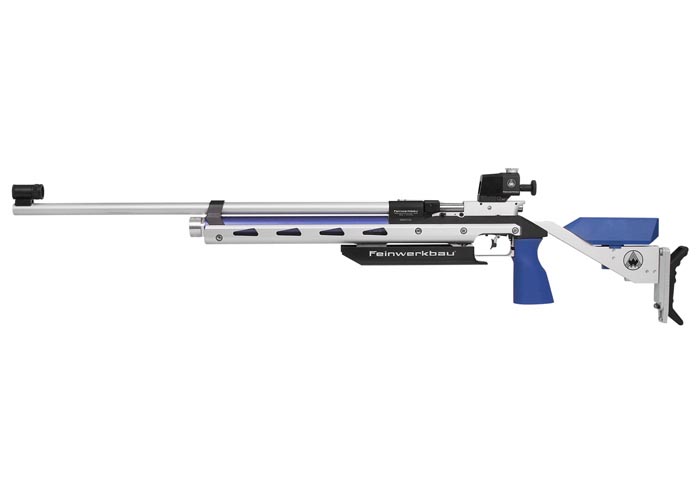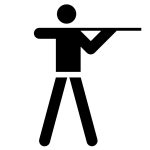It’s that time again—time for the Summer Olympics. While there’s always a greater focus on track and field events, did you know that there are several Olympic shooting events? Olympians have the opportunity to compete in shotgun, pistol, and rifle events. There are even specific events for airguns. Today, we’ll take a look at the 10-meter air rifle events, the gear, and the glory.
10 Meter Air Rifle
The 10m Air Rifle competition is a true test of skill and endurance, with shooters required to fire 60 shots at the target within a tight one hour and fifteen minutes. The top eight highest-scoring shooters then engage in a fierce battle for the coveted medals, adding an element of suspense and excitement to the event.
The 10 m Air Rifle event is a testament to the diversity and inclusivity of the Olympic Games. In addition to the men’s and women’s categories, it features a mixed-team event, uniting athletes of different genders. Each team member fires 40 shots at the target within 50 minutes in the qualification round, after which five teams qualify for the final round, further highlighting the universal spirit of the Games.
The Airguns and the Gear
The rules and regulations governing the use of airguns in the 10-meter air rifle competition are quite intricate, reflecting the precision and technicality of the sport. While we can’t get into all the details in this article, here’s a glimpse of the basics:
“Air rifle (10m rifle): The air rifle is no bigger than 5.5 kg (12.125 lbs) and has a pellet that is shot in thanks to air being compressed from an external lever or a pre-compressed air cylinder. The opening is .449 centimeters (0.177 inches).”
It needs to be under a certain weight and fire a .177 pellet. Other key elements include the sights, blinders, stocks, triggers, grips, etc., but to keep it simple, here’s what an Olympic Air Rifle looks like:
All Olympic Air Rifles use diopter sights, commonly referred to as peep sights. These sights are extremely precise, allowing competitors to shoot with amazing accuracy. Shooters wear specialized pants and jackets to aid with stability.
The Event
Everything starts with a Qualification round, where, as mentioned above, shooters must shoot 60 times within an hour and fifteen minutes.
The qualification is scored using decimal scoring, with the maximum score per shot being 10.9 points. There are an additional 10 rings inside the 10 ring that increase the score by a factor of 0.1 points as it approaches the center of the target. The maximum score for the qualification round is 654.0 points.
The top eight athletes from the qualification round advance to the finals, where they shoot up to 24 final shots. The final round is also scored using decimal scoring, with 10.9 points being the maximum achievable score. The finalists start the match at zero, as their qualification score is not carried into the final round.
The final round will certainly test the competitor’s nerves, as they are shooting against each other in real-time. It starts with two series of five shots, each of them fired within 250 seconds. Next, competitors fire up to another 14 single shots. Shots are taken on command and fired within 50 seconds. After the 12th shot, the athlete with the lowest score is eliminated. Additional eliminations are determined every two shots. The gold and silver medalists are decided by the 24th and conclusive shot. In the event of a tie, competitors go to shoot-off rounds.
Until Next Time!
Writing about this competition certainly gets us excited about the sport. The amount of discipline and commitment these athletes show is a testimony to their character and determination. As a side note, many colleges have shooting athletics programs that feature this type of competition. If you or someone you know might be interested in what options are out there, don’t hesitate to reach out to your local schools. You may find yourself with a full scholarship and a trip to the Olympics one day!

